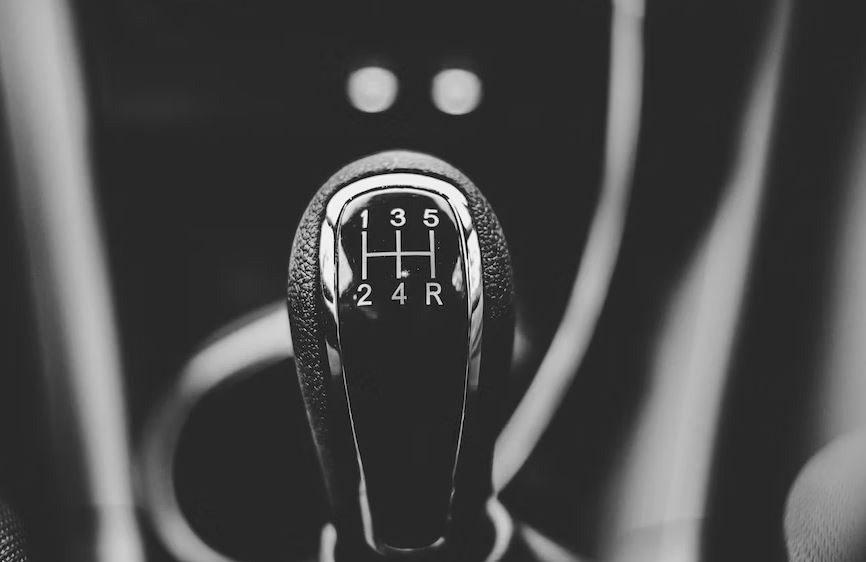A car is considered by many to be one of the most useful inventions in history, as it allowed people to travel long distances with little effort compared to walking or running. Over the years, there have been numerous advancements applied to cars to make them much easier to control and drive, and one of these advancements is the creation of two types of transmission systems.
The transmission system enables the power of the engine to be converted into movement for the axle, the suspensions, the wheels, and other parts of the car. There are two primary types of transmission systems that you can encounter while driving or learning how to drive, and these systems are manual transmission and automatic transmission. To learn more, here are the differences between the two primary transmission systems.
Manual Transmissions
Manual transmission is a type of transmission system in a vehicle that requires the driver to manually shift gears as they accelerate or decelerate. This system involves a manual clutch that allows the driver to disengage the engine from the transmission, which allows for gear changes to occur without stalling the engine. The driver must use their left foot to operate the clutch and their right hand to shift the gears.
Manual transmissions are often preferred by driving enthusiasts for their increased control and responsiveness. While they require more skill to operate than automatic transmissions, they can result in a more engaging and enjoyable driving experience.
Advantages of manual transmissions
Manual transmissions are known for their superior fuel economy when compared to their automatic counterparts. This is due to the fact that they are able to transfer power from the engine to the wheels more efficiently, resulting in better gas mileage.
With a manual transmission, the driver has complete control over the power and speed of the car, allowing for more precise and responsive driving. This level of control can be particularly useful in situations where quick acceleration or deceleration is necessary, such as merging onto a highway or navigating steep inclines.
Compared to automatic transmissions, manual transmissions are simpler in design and use fewer components, resulting in lower manufacturing and maintenance costs. With fewer moving parts, manual transmissions also tend to be more durable and reliable, requiring less frequent repairs and replacements.
Disadvantages of manual transmissions
On the downside, manual transmissions require the driver to manually engage and disengage the clutch while shifting gears. This can be challenging for new drivers, as it requires a high level of coordination and timing.
In addition, manual transmissions can be more physically demanding, as the driver must use their left foot to operate the clutch. This can lead to fatigue and discomfort, especially during extended periods of driving.
In stop-and-go traffic situations, frequent gear changes can quickly become a tedious and exhausting task. Moreover, the clutch pedal and gear stick require constant engagement, which can cause driver fatigue and discomfort. This can be a significant issue in urban areas with heavy traffic, where manual transmissions can make driving a frustrating experience. Furthermore, manual transmissions can be challenging to operate for inexperienced drivers or those with physical disabilities.
Automatic Transmissions
An automatic transmission is a type of transmission used in motor vehicles that is designed to change gears automatically as the vehicle increases or decreases in speed. It uses a series of gears, clutches, and hydraulic systems to operate, and does not require the driver to manually shift gears as would be necessary in a manual transmission.
One of the most significant advantages of automatic transmission is that it makes driving much easier and more convenient. With automatic transmission, drivers no longer have to worry about shifting gears. Instead, the car shifts gears automatically based on the speed and load, making driving less stressful and more enjoyable.
Automatic transmission allows the driver to focus on the road and driving conditions, rather than being distracted by shifting gears. It can be more efficient than a manual transmission in certain situations, such as heavy traffic or stop-and-go driving.
With automatic transmission, the car’s computer system takes care of all the gear changes, allowing the driver to focus on other important aspects of driving, such as road awareness and traffic conditions. Less driver fatigue also translates to a safer driving experience, as tired drivers are more prone to accidents.
Disadvantages of automatic transmissions
One of the disadvantages of automatic transmission is lower fuel economy. While automatic transmissions offer convenience and ease of use, they generally consume more fuel than their manual counterparts. This is because automatic transmissions rely on hydraulic pumps and torque converters to shift gears, which results in increased drag on the engine and ultimately higher fuel consumption.
Automatic transmission has more complex systems, including hydraulic pumps, torque converters, and valve bodies, which require regular maintenance to ensure optimal performance. Hence, if there is any failure or breakdown, repairing automatic transmission can be costlier than manual transmission. The repairs require specialized equipment and expertise, which increases the cost of maintenance.
Also, in automatic transmission, the car’s computer system decides when to shift gears, which means the driver has less control over the car’s acceleration and deceleration. This can lead to a less engaging driving experience for enthusiasts who prefer to have more control over their vehicle.
Conclusion
The choice between manual and automatic transmission really depends on personal preference and driving style. Manual transmissions offer better control and fuel efficiency, while automatic transmissions provide convenience and ease of use.
Whether you’re a car enthusiast who enjoys the feeling of shifting gears, or simply want a smooth and effortless driving experience, both manual and automatic transmissions have their own unique advantages. Ultimately, it’s up to the driver to decide which type of transmission suits their needs and preferences.



